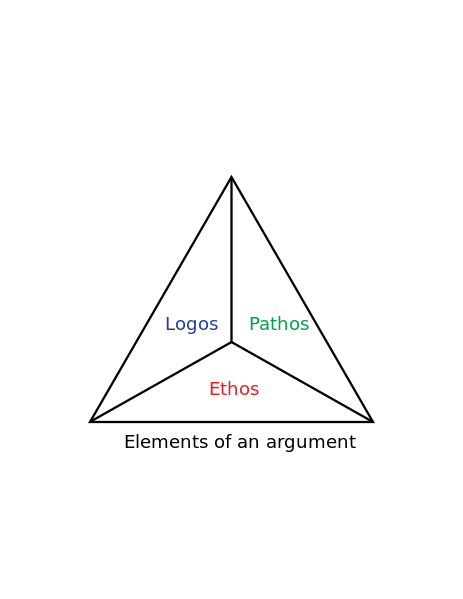1. My assumptions and ideas about writing before taking your first-year composition course:
Coming into this class, I had a good idea of what effective writing should sound like. I knew my arguments had to be clear and well supported. After taking AP Literature and AP Language in high school I was afraid that this class would not teach me anything new.
2. The most important lessons you have learned as both a reader and a writer as a result of taking your first-year composition course.
One of the most important lessons I learned was how to research properly and some of the best platforms for doing research. I had never heard of Web Of Science before, but it proved to be extrememly helpful for writing scientific papers.
The second lesson I learned was how to properly prepare for a paper. This was something I was deficient in. I normally would just start writing for other classes. The blog posts building up to each project showed me how to prepare properly and what sort of questions to ask myself when deciding what to write.
3. The way you brain stormed, narrowed down topics, and worked on thesis statements.
For this course I focused on topics that I cared about (Fracking) or that were particularly relevant to me (nuclear waste repository). This gave me a great place to start and made the brain storming process easier as I already was well-educated on the topics I chose. It also made writing a thesis easy for the same reason.
4.The peer-review process, including what you offered and what you received
As always, peer review is very helpful. It is nice to see your paper through someone else. Most of the feed back I received helped me make difficult decisions, such as what I should include in my projects. For example, for Project 3 I asked my reviewers to consider if I needed more images. My reviewers answered yes and this resulted in a higher quality project.
I enjoyed looking at others' drafts through the lenses of the different clarity and punctuation topics we reviewed. This was a great way to recognize errors while simultaneously helping my classmate.
5. Individual or small group conferences with your instructors
I did not have any small group conferences with my instructor, but I did have some email correspondence with him. My questions ranged in topic, but mostly were concerned with different ways of formatting my project. One particular instance I communicated with my professor on how to properly cite a valuable source. He provided me with some valuable insight on how to cite author-less pieces that I was very grateful to receive.
6. The discussions you had about your paper with people who were not in your class.
For my two projects concerning the Waste Isolation Pilot Plant, I discussed my content with the people I work with. I am currently employed as an intern with Sandia National Labs with a division that does research for the WIPP. The scientists I spoke with gave me first hand information about WIPP and many valuable pieces of background information that helped me create my projects.
7. How I approached the revision process for each eassay.
My revision process was minimal since I put a lot of planning into each of my projects. The majority of my time spent on revisions was directed at improving the grammar, punctuation, and clarity of my projects.
8. My understanding of reading and writing in different genres
I learned a bit about the conventions one genre that I was unfamiliar with: the Quick Reference Guide. The other two genres (essay and visual presentation) were quite familiar to me before coming into this class. The conventions of quick reference guides were valuable to learn and relevant since they showed me how to provide information in a concise and approachable format.
9.What would you do differently if you were to take your first-year composition courses again?
I would spend more time with the readings that were assigned. Most of the time I would skim through the assigned chapters, but I think there is some very valuable information to be gained from the details of these passages.
10. How college writing fits into your life now and how it will fit into your major and future career.
I now have a solid understanding of the preparation that goes into writing a college paper. For my major, often the research step is the hardest part. This class has been very useful since it gave me some very valuable tools for doing research quickly and efficiently.
11.What did you learn from the semester as a whole?
I learned that writing a paper can be broken down into manageable steps that makes my writing clearer and the process less stressful.
12. Did the choices you made, or writing experiences you had, reinforce something you already knew about yourself or about your writing?
It reinforced the idea that I really don't like to revise my work. This class was helpful in that the extensive planning made the revision step a lot quicker than it normally is.
13. If you did not gain as much from a particular project as you had hoped, what are the possible reasons for that and what might you do differently the next time?
I felt that each project offered me a particular insight that was beneficial.
14. Think about the course objectives listed on your syllabus as you consider your success in the class. What course objective did you meet? What objectives are you still working on?
I think I have met all the goals listed. I've learned about rhetorical awareness, critical thinking and composition, the reflection process, and the conventions of different genres. Of course, the last one can always be expanded upon since there are a variety of different genres with which I am not familiar yet.



